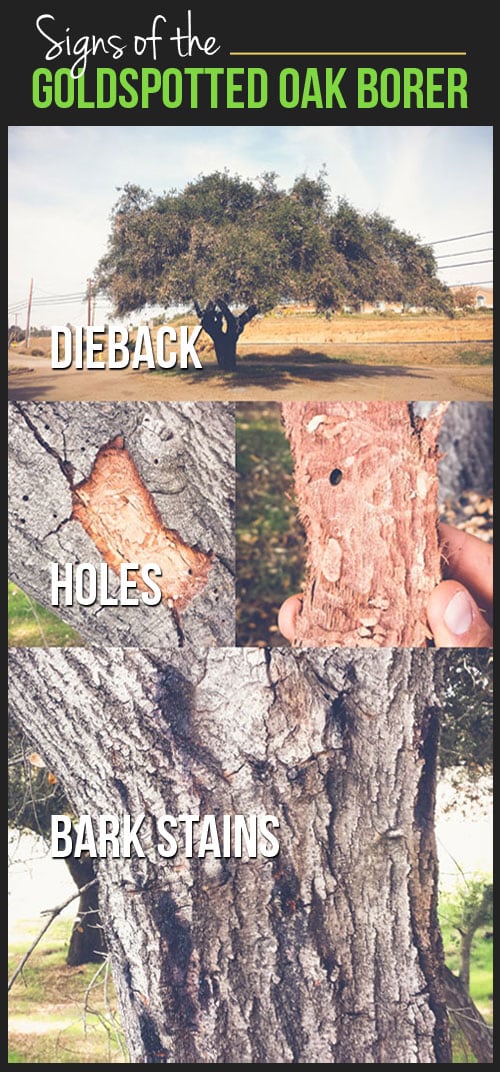Watch For Essential Signs That Show Your Tree May Be A Risk; Identifying These Can Aid Shield Your Property And Those You Care About.What Should You Keep An Eye On Next?
Watch For Essential Signs That Show Your Tree May Be A Risk; Identifying These Can Aid Shield Your Property And Those You Care About.What Should You Keep An Eye On Next?
Blog Article
Created By- https://www.star-telegram.com/news/state/texas/article243286816.html
When it comes to tree care, acknowledging the signs that it's time for elimination is important for your safety and building. You may see blemished leaves, wilting branches, or weird fungal developments showing illness. Structural problems, like a considerable lean or splits in the trunk, can additionally pose dangers. Comprehending these warning signs can assist you make notified decisions about your trees and avoid prospective threats lurking in your backyard. What should you try to find next?
Signs of Decay and Condition
When you observe indicators of degeneration and illness in your trees, it's important to act swiftly. Try to find discolored fallen leaves, wilting branches, or unusual developments like fungus. These can show that your tree is having a hard time.
If you see cracks in the bark or soft, mushy timber, these signs and symptoms recommend interior degeneration. Additionally, an abrupt increase in bugs around your tree can signify that it's weakened and prone.
Check for any type of dead or passing away arm or legs, as they posture a threat to your residential or commercial property and security. If you doubt regarding what you see, seeking advice from an arborist can provide clearness.
Dealing with these indicators early can conserve you from much more extensive damage and ensure the wellness of your lawn. Don't wait up until it's far too late.
Structural Instability and Leaning
As you observe your trees, keep an eye out for any indicators of structural instability or leaning. If a tree leans substantially, it might indicate that the origin system is jeopardized.
Seek any splits in the trunk or soil around the base; these can signal possible failing. Furthermore, look for unusual development patterns, like a lopsided crown, which may recommend that the tree is having a hard time to hold itself upright.
If you see that the tree favors your home, power lines, or other frameworks, it poses a greater threat. Do not neglect these signs-- consult an arborist to evaluate the situation.
Acting early can protect against costly damage and ensure your safety and security.
Dead or Dying Branches and Vegetation
If you discover dead or passing away branches and foliage on your tree, it's a clear indication that something's wrong.
These undesirable locations can show underlying problems like disease, parasite invasions, or ecological anxiety. When branches lose their leaves or transform brown, they're no longer adding to the tree's health and wellness. Neglecting these indications could cause more decrease, making your tree much more unsafe.
Dead branches can quickly break off throughout tornados, posturing a risk to home and individuals close by. https://troyoidwp.blogrenanda.com/41673054/prior-to-taking-on-tree-removal-find-important-safety-pointers-and-strategies-that-can-avoid-accidents-and-ensure-a-successful-task-your-security-depends-on-it to examine the degree of the damages.
If the problem influences a substantial part of the tree, consider getting in touch with a specialist. They can assist establish if elimination is necessary to make certain security and maintain the beauty of your landscape.
Final thought
If you notice any indications of degeneration, structural instability, or dead branches on your trees, do not ignore them. These indicators can present major safety and security threats to you and your home. It's always best to consult an expert arborist that can supply an expert assessment of your trees. Doing something about it early can protect against mishaps and costly damage, guaranteeing your landscape stays secure and healthy. Remember, it's much better to be proactive about tree care than to await a catastrophe to occur.
